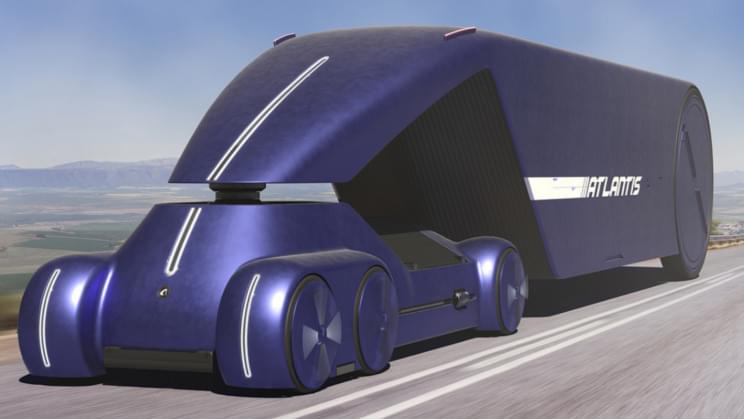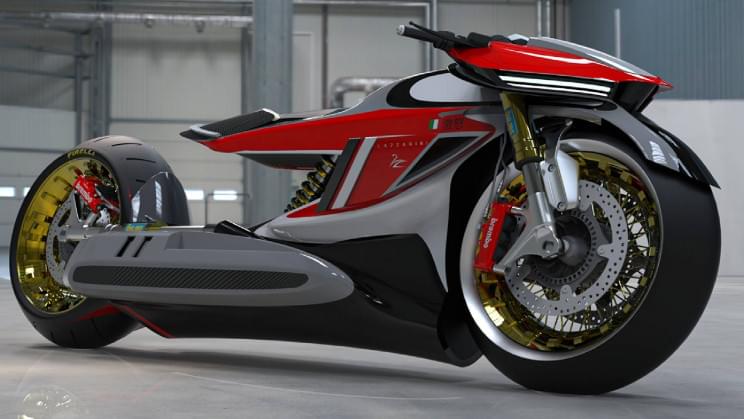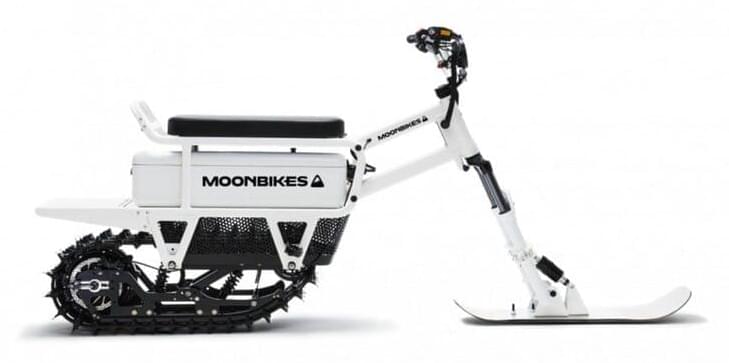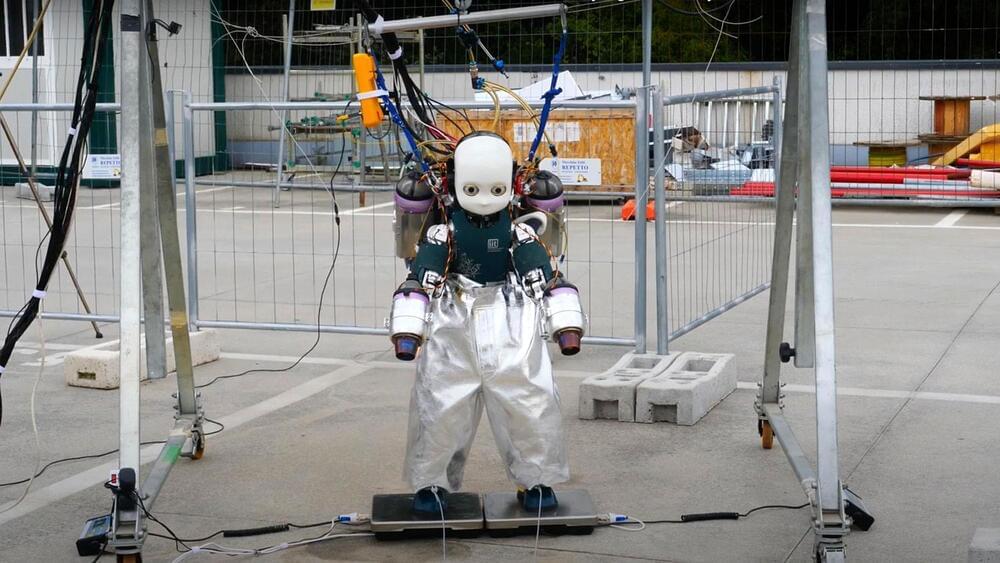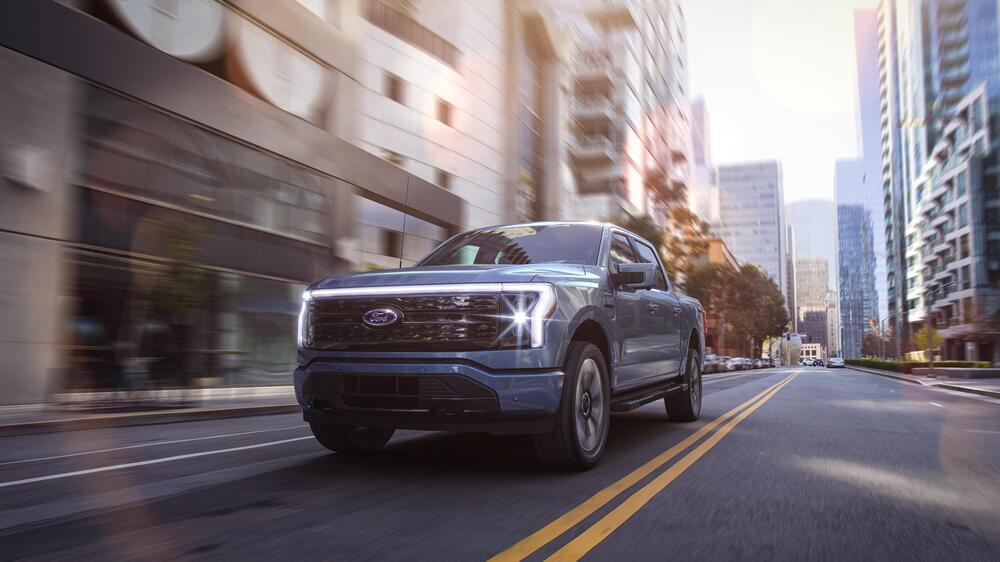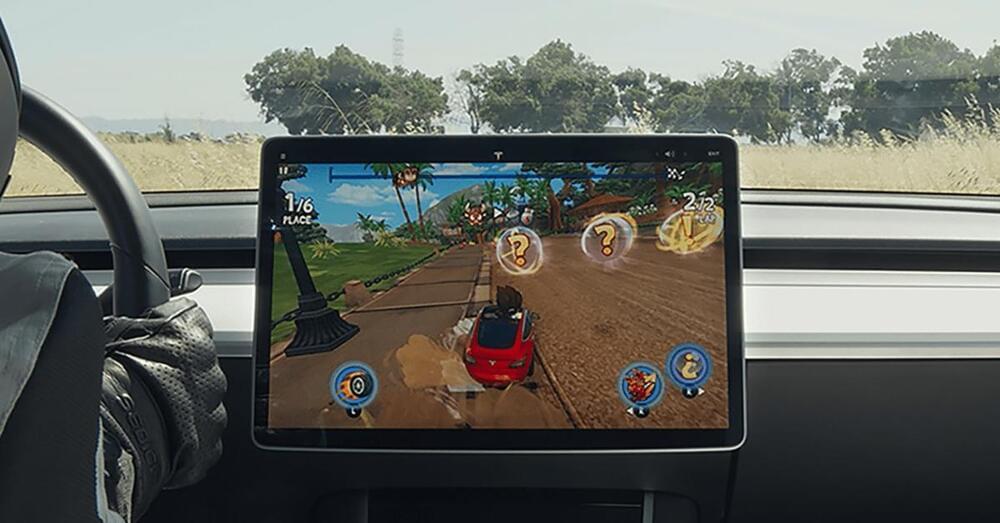It’s made for high speeds and for showing off!
In the past, we have brought you Lazzarini Design Studio’s mega yacht concept, Prodigium. The King of the Seas, as it’s also known, was shaped like a giant shark and spanned a whopping 501 feet (153 meters) long.
Inspired by Roman architecture, Prodigium was equipped with Roman statues and two columns that supported its upper deck, an impressive and unique design. Now, the same studio that brought you this marvel of the seas has produced a superbike concept called Hypercycle that is bound to grab your attention.
The new motorcycle is red, grey, white, and gold, making it fit to be a transformer, and it is also shapeshifting. It boasts an extendable rear wheel section with an independent horizontally aligned wishbone suspension.
This means it can be stretched out to seem longer. Lazzarini does not cite any specifications so we don’t know how much longer it becomes but they do provide a cool image that showcases the bike’s shape.
Full Story:


